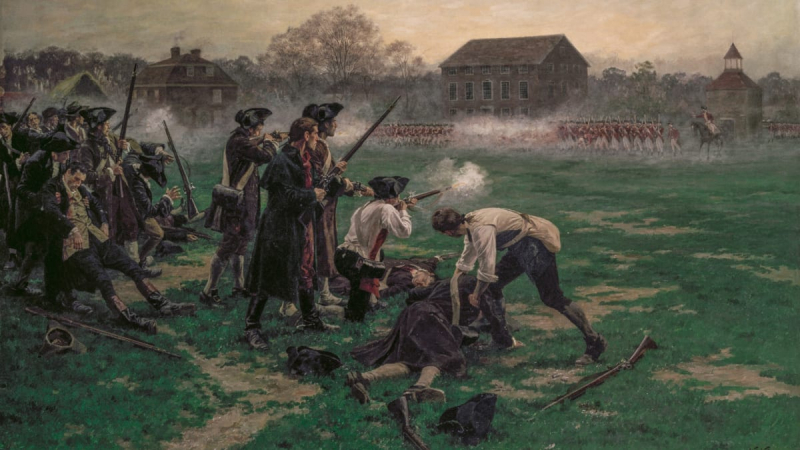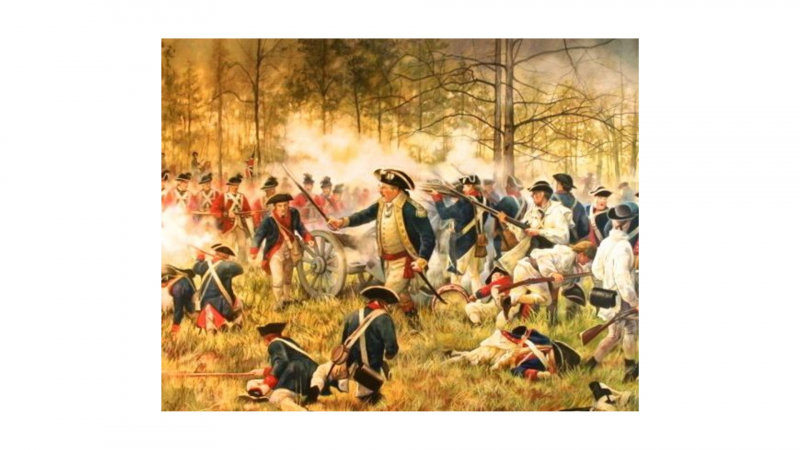In The Summer Of 1777, The British Decided To Attack The City In A Circumstantial Manner
Midway in 1777, Howe began his effort to seize Philadelphia, the nation's capital. As General George Washington tried to avoid committing his restrained but untested Continental Army, the forces had already engaged in skirmishes. Howe intended to engage Washington in a decisive battle and was confident of success. The Continental Army of General George Washington, consisting of about 15,000 soldiers, and about 16,000 soldiers under General Howe, set sail from New York City in July 1777. They met near Chadds Ford, on Brandywine Creek in southeast Pennsylvania, about 25 miles (40 kilometers) southwest of Philadelphia.
After capturing the city, the British positioned 9,000 soldiers in Germantown, which is located 8 kilometers (5 miles) north of Philadelphia. To remove a row of chevaux de frise barriers from the river, the British took control of Fort Billingsport on the Delaware in New Jersey on October 2. Benjamin Franklin is credited with the idea for those obstructions, and Robert Smith created them. A third line, fortified by Fort Mifflin and Fort Mercer, was located closer to Philadelphia after an undefended line had already been taken at Marcus Hook. On October 4, Washington launched a fruitless assault on Germantown before withdrawing to wait for a British counteroffensive.












